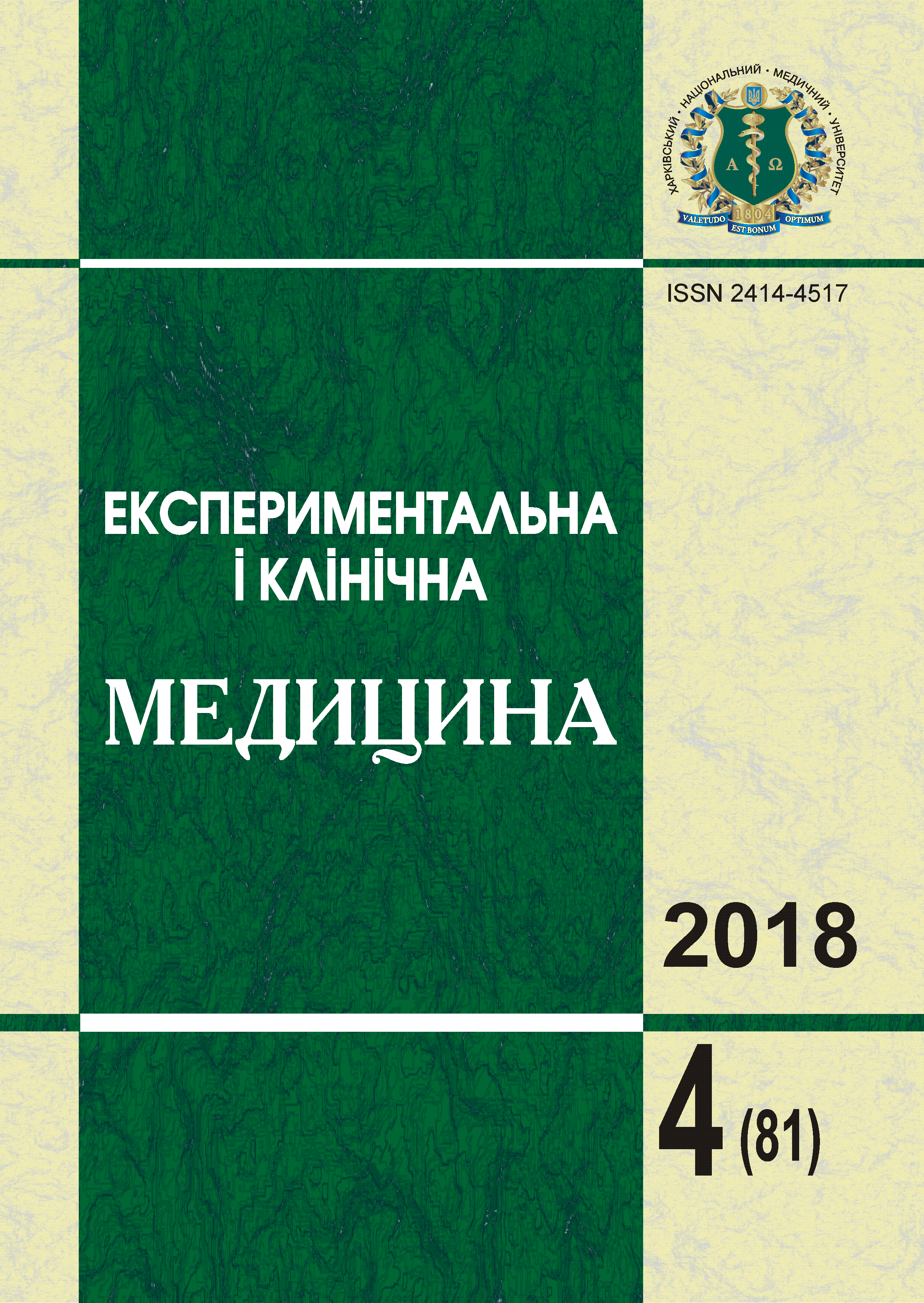Abstract
Retrospective clinical anamnestic and radiographic characteristics of patients with various forms of odontogenic maxillary sinusitis 206 case histories with various forms of odontogenic maxillary sinusitis (OMS) have been studied and analyzed. It was composed of 3 main groups of patients with OMS respectively from the form of pathology: acute forms, chronic forms and exacerbation of chronic OMS. Each group in turn was distributed by gender, age, depending on the etiological factor that caused the maxillary sinusitis and the method of x-ray. An analysis of gender and age indicators found that the exacerbation of the chronic form was prevailed – 147 patients (71.3%) with catarrhal-polyposis manifestations. More often OMS suffered from women (56.8%) than men (43.2%) in the youngest working age from 25 to 44 years old (61.1%). Analyzing the data of etiological factors it was found that the most common was a radicular cyst ( purulent form ) – 71 clinical cases (34,4%). Computed tomography with 3D-imaging, which was performed in 50,8% of clinical cases (178 patients) gave the greatest opportunity for a detailed study of changes in the maxillary sinuses and established odontogenic factor of the disease.References
Matsumoto Y., Ikeda T., Yokoi H., Kohno N. (2015). Association between odontogenic infections and unilateral sinus opacification. Auris Nasus Larynx, vol. 42, № 4, pp. 288–293.
Buskina A.V., Gerber V.Kh. (2000). K voprosu o klinicheskoi klassifikatsii khronicheskoho odontohennoho haimorita [About the question of clinical classification of chronic odontogenic sinusitis]. Vestnik otorinolarinholohii – Otolaryngologist messenger, vol. 2, pp. 20–22 [in Russian].
Abelev G.I. (1996). Vospaleniie [Inflammation]. Sorosovskii obrazovatelnyi zhurnal – Sorosovsky educational journal, vol. 10, pp. 28–32 [in Russian].
Venetis G., Bourlidou E., Liokatis P.G., Zouloumis L. (2014, Jun). Endoscopic assistance in the diagnosis and treatment of odontogenic maxillary sinus disease // Oral Maxillofac Surg., vol. 18 (2), pp. 207–212. DOI: 10.1007/s10006-013-0413-6. Epub 2013 Mar 19. PMID:23508785
Panin A.M., Vasiliev A.Yu., Vishniakov V.V. [et al.] (2010). Tsifrovaia obiemnaia tomohrafiia v otsenke sostoianiia verkhnecheliustnykh sinusitov [Digital volume tomography in assessing the state of maxillary sinusitis]. Voprosy cheliustno-litsevoi khirurhii, implantolohii i klinicheskoi stomatolohii – Questions of maxillofacial surgery, implantology and clinical dentistry, vol. 2–3, pp. 17–22 [in Russian].
Arunkumar K.V. (2016). Orbital infection threatening blindness due to carious primary molars: an interesting case report. J. Maxillofac. Oral Surg., vol. 15, № 1, pp. 72–75.
Robbins K.T., Tarshis L.M. (1981). Blindness: a complication of odontogenic sinusitis. Otolarynhol. Head Neck Surg., vol. 89, № 6, pp. 938–940.
Osborn M.K., Steinberg J.P. (2007). Subdural empyema and other suppurative complications of paranasal sinusitis. Lancet Infect. Dis., vol. 7, pp. 62–67.
Mehra P., Jeong D. (2009). Maxillary sinusitis of odontogenic origin. Curr. Allergy Asthma Rep., vol. 9, pp. 238–243.
White S.C., Pharoah M.J. (2009). Oral Radiology. 6th ed. St. Louis: Mosby Elsevier, pp. 506–512.

